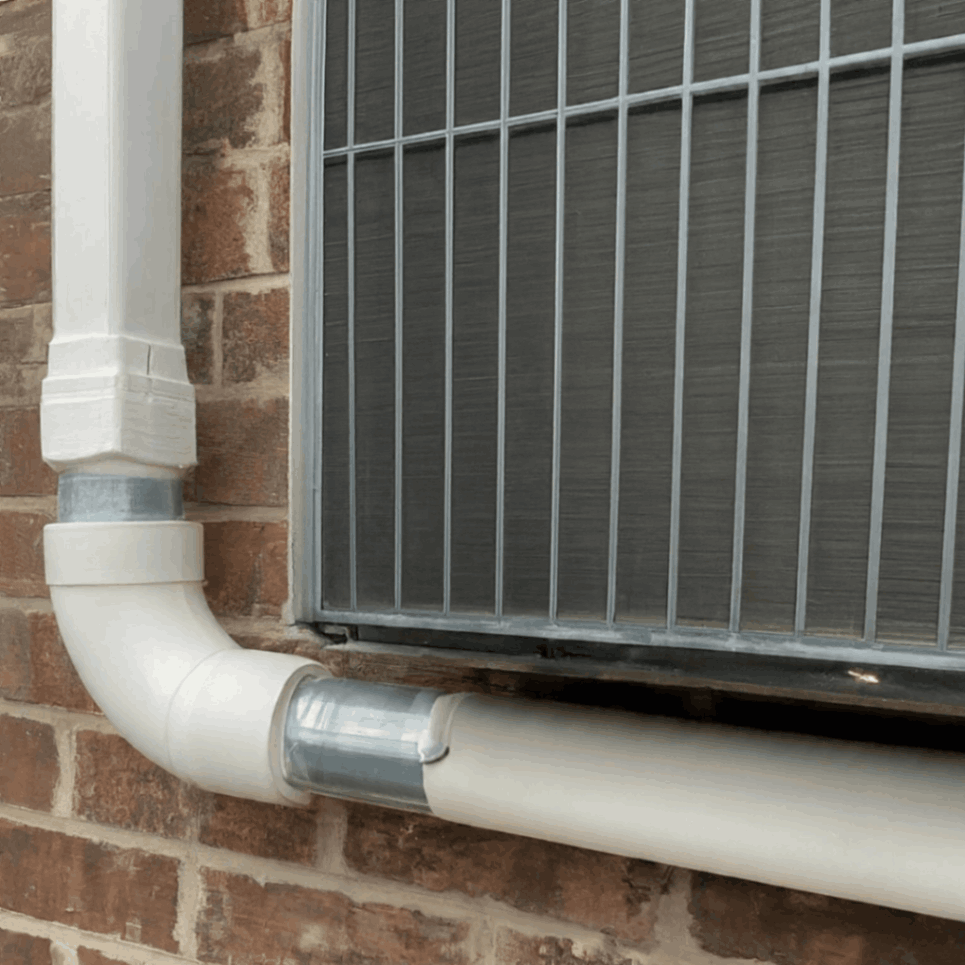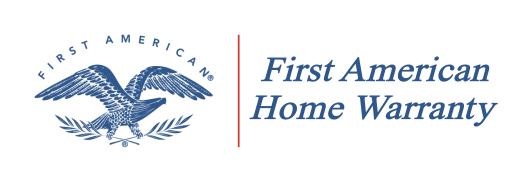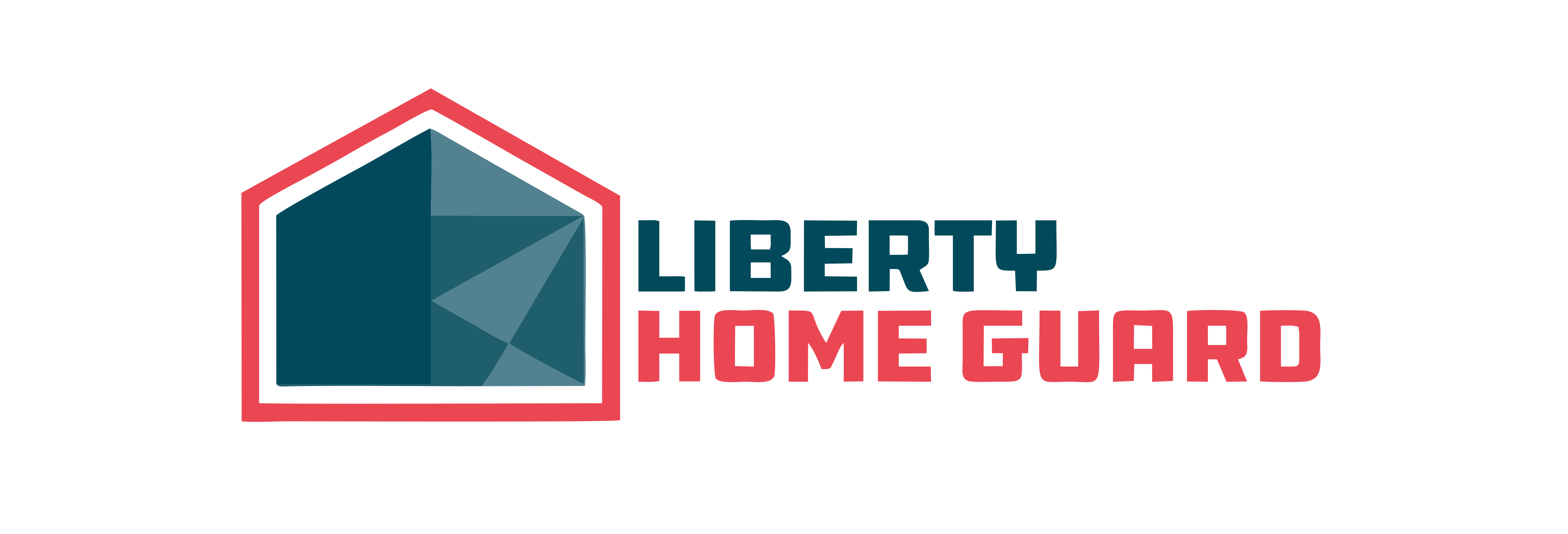 Last updated: July 30th, 2024
Last updated: July 30th, 2024
Everything You Need To Know About A/C Condensation Drain Line Maintenance

An air conditioner (AC) is a lifesaver during hot summers, providing cool and comfortable indoor air. But like any appliance, it requires proper maintenance to function efficiently. The condensation drain line is a crucial yet often overlooked component in AC maintenance. This guide delves into the technical details of the drain line, its importance, and essential maintenance practices to keep your AC running smoothly.
Understanding The AC Condensation Drain Line
Understanding the AC condensation drain line is crucial. It removes moisture, preventing clogs and damage. This section will help you learn about the component in detail, addressing its functions and technical specifications.
Demystifying The Drain Line
- Function: Think of it as the AC’s plumbing system. This small PVC pipe acts as a crucial drainage channel, removing excess moisture produced during the cooling process.
- The Process: Warm, humid air passes over the evaporator coil inside your AC unit. The coil cools the air, causing moisture to condense on its surface like morning dew on grass. This condensate drips into a drain pan located below the coil. The drain line then takes over, carrying this collected water to a designated drainage location.
- The Importance: A properly functioning drain line is vital for several reasons:
- Prevents Water Damage: A clogged drain line can lead to water backing up in the drain pan and overflowing, damaging the AC unit, surrounding walls, and your flooring.
- Prevents Mold Growth: Stagnant water in the drain pan creates an ideal breeding ground for mold and mildew, posing health risks and producing unpleasant odors.
- Prevents System Failure: A clogged drain line can impede condensate removal, freezing the evaporator coil. This can lead to system inefficiency or even complete shutdown to prevent further damage.
- Material: PVC pipe is the most common choice due to its affordability, durability, and resistance to corrosion.
- Diameter: The drain line is typically 3/4″ or 1″ in diameter, ensuring sufficient water flow to handle the condensate volume.
- Slope: The drain line should have a slight downward slope (around 1/4″ per foot) to ensure proper drainage by gravity.
- P-Trap (Optional): A P-trap, a U-shaped section of pipe, can be installed to prevent sewer gases from entering your home through the drain line.
- Drainage Location: The condensate line can drain to various locations, depending on the system design:
- Sanitary Drain: This is a common choice, connecting the drain line directly to the home’s main drain system.
- Utility Sink: The condensate can drain directly into a utility sink or floor drain.
- Outdoors: The condensate line can discharge water outside the house, often onto the ground or into a condensate pump system.
Maintaining Your AC Condensation Drain Line: Preventing Problems and Keeping Cool
The AC condensation drain line is a vital but often overlooked component, removing moisture and preventing clogs and damage. Here’s a detailed guide on maintaining your AC condensation drain line, including technical details:
The Importance Of Regular Maintenance
A clogged or malfunctioning drain line can lead to a cascade of issues, including:
- Water Damage: A clogged line can cause water to back up in the drain pan and overflow, potentially damaging the AC unit, surrounding walls, and flooring.
- Mold Growth: Stagnant water in the drain pan creates an ideal environment for mold and mildew to flourish, posing health risks and unpleasant odors.
- System Failure: A clogged drain line can impede condensate removal, causing the evaporator coil to freeze. This can lead to system inefficiency or even complete shutdown to prevent further damage.
Maintaining A Healthy Drain Line
Regular maintenance ensures your drain line functions optimally and prevents these issues:
- Inspection: During peak cooling season, get into the habit of visually inspecting the drain line at least once a month. Look for any signs of clogs, leaks, or mold growth around the drain line and drain pan.
- Cleaning: Periodic cleaning is crucial. Here are some methods you can try:
- Wet/Dry Vacuum: If the clog is easily accessible, use a wet/dry vacuum to suck out any debris from the drain line access point.
Technical Note: Locate the access point near the indoor unit or drain pan. - Vinegar Flush: Occasionally, pour a cup of white vinegar down the drain line to help loosen and remove buildup. The vinegar’s acidity helps break down organic matter like algae or mold.
Caution: Never mix vinegar with bleach, as it creates a harmful gas. - Commercial Drain Cleaners: Consider using commercially available drain cleaning solutions specifically designed for AC drain lines. Follow the manufacturer’s instructions carefully, as some solutions might be too harsh for PVC pipes.
- Wet/Dry Vacuum: If the clog is easily accessible, use a wet/dry vacuum to suck out any debris from the drain line access point.
Advanced Maintenance (For Occasional Use Or Stubborn Clogs)
- Blowing Out the Line: In some cases, compressed air can dislodge stubborn clogs.
Caution: Only attempt this if you’re comfortable using compressed air, and ensure the pressure is not too high to damage the pipe. - Professional Cleaning: For complex issues or persistent clogs, consider scheduling professional cleaning by an HVAC technician. They can use specialized tools and techniques to ensure a thorough cleaning.
Technical Considerations
- Frequency of Cleaning: The frequency of cleaning depends on factors like your environment, dust levels, and usage patterns. In dusty environments or with frequent AC use, cleaning might be needed more often (every 2-3 months).
- Safety Precautions: Always turn off the AC unit before performing any maintenance on the drain line.
- Material Compatibility: When using commercial drain cleaners, ensure they are compatible with PVC pipes.
Troubleshooting Common Issues In AC Condensation Drain Line
This section delves into the common issues that can plague your AC’s drain line, providing the technical knowledge and troubleshooting steps to transform you from a bystander to a drain line drama solver and restore your cool air oasis.

Understanding The Potential Problems
The AC condensation drain line removes excess moisture produced during cooling. A clogged or malfunctioning drain line can manifest in several ways:
- Water Backup: This is the most evident sign. Look for water pooling around the AC unit’s base or overflowing from the drain pan.
- Reduced Cooling Efficiency: A clogged drain line can impede condensate removal, freezing the evaporator coil. This reduces the system’s ability to cool the air effectively.
- Strange Noises: Restricted airflow due to a clog can lead to unusual noises from the AC unit.
- Mold Growth: Stagnant water in the drain pan breeds mold, potentially causing unpleasant odors and health risks.
Common Culprits and Solutions
- Clogged Drain Line: This is the most frequent issue, often caused by dust, dirt, algae, or mold growth. Here’s how to tackle it:
- Wet/Dry Vacuum: If the clog is accessible, use a wet/dry vacuum to suck out debris from the drain line access point.
Technical Note: Locate the access point near the indoor unit or drain pan. - Vinegar Flush: Pour a cup of white vinegar down the drain line to loosen and remove buildup. The acidity helps break down organic matter.
Caution: Never mix vinegar with bleach, as it creates a harmful gas. Let the vinegar sit for 30 minutes before flushing with water. - Commercial Drain Cleaners: Consider using commercially available drain cleaning solutions specifically designed for AC drain lines. Follow the manufacturer’s instructions carefully, as some solutions might be too harsh for PVC pipes.
- Wet/Dry Vacuum: If the clog is accessible, use a wet/dry vacuum to suck out debris from the drain line access point.
- Frozen Drain Line: In colder climates, the drain line can freeze, causing symptoms similar to a clog.
Technical Tip: Proper insulation of the drain line in such areas might be necessary. If freezing is suspected, consult an HVAC technician for professional thawing techniques. - Improper Slope: The drain line should have a slight downward slope (around 1/4″ per foot) to ensure proper drainage by gravity. If the slope is incorrect, water may not drain effectively, leading to backups.
Technical Note: Professional assistance might be required to adjust the slope or add a condensate pump. - P-Trap Issues: A damaged or clogged P-trap (a U-shaped section of pipe) can prevent proper drainage and allow sewer gases to enter the home.
Technical Note: Inspect the P-trap for signs of damage or debris. If necessary, a qualified technician can replace or clean it.
Advanced Troubleshooting
- Blowing Out the Line: In some cases, compressed air can dislodge stubborn clogs.
Caution: Only attempt this if you’re comfortable using compressed air, and ensure the pressure is not too high to damage the pipe (around 30-40 psi). - Inspecting the Line: For complex issues, a visual inspection of the entire drain line might be necessary. Look for cracks, holes, or any physical damage impeding drainage.
Technical Note: Depending on the drain line’s location, this might require crawling into crawl spaces or attics. It’s best to consult an HVAC technician for such inspections.
Safety Tips During While Troubleshooting Issues
- Safety First: Always turn off the AC unit before performing any maintenance on the drain line.
- When in Doubt, Call a Professional: If you’re uncomfortable troubleshooting the issue or the problem persists, consider scheduling an appointment with a qualified HVAC technician. They have the expertise and tools to effectively diagnose and resolve complex drain line problems.
A Guide to Cleaning Your AC Condensation Drain Line
A well-functioning AC condensation drain line is vital for maintaining a comfortable and healthy home environment during hot summers. This seemingly simple pipe plays a crucial role in removing excess moisture produced by the cooling process. However, a clogged drain line can lead to a domino effect of problems, including reduced cooling efficiency, water damage, and even mold growth.
This section equips you with the knowledge and steps to clean your AC condensation drain line, ensuring smooth operation and optimal comfort.
The Cleaning Arsenal
Before diving in, gather the necessary tools:
- Wet/Dry Vacuum: Ideal for sucking out debris from accessible drain line openings.
- Distilled White Vinegar: This natural cleaning agent removes organic buildup.
- Bucket: To collect any overflowing water during cleaning.
- Flashlight: This is used to illuminate the drain line access point and inspect for clogs.
- Safety Glasses: Recommended for protection when using compressed air (optional).
- Rags/Paper Towels: These are used to wipe up spills or drips.
- Commercial Drain Cleaner (Optional): Use only cleaners specifically designed for AC drain lines, following the manufacturer’s instructions carefully.
Note: Always turn off your AC unit and disconnect the power supply before performing any maintenance on the drain line.
Locating the Condensation Drain Line
The drain line is usually a small PVC pipe (¾” or 1″ in diameter) located near the indoor unit of your AC system. It typically leads to a drain pan located beneath the evaporator coil. Look for an access point along the line, which might be a cap or a removable section.
The Cleaning Process
- Visual Inspection: Use the flashlight to inspect the drain line access point and drain pan for any visible signs of clogs or mold growth.
- Wet/Dry Vacuum Cleaning: If the clog is easily accessible, use the wet/dry vacuum to suck out any debris from the drain line opening.
- Vinegar Flush: Pour a cup of white vinegar down the drain line. The vinegar’s acidity helps break down organic matter like algae or mold. Let the vinegar sit for 30 minutes to allow it to work its magic.
- Water Flush: After the vinegar treatment, flush the drain line with clean water to remove any loosened debris and remaining vinegar solution.
- Repeat if Necessary: If the clog persists, repeat steps 3 and 4 or consider a stronger cleaning method.
Advanced Cleaning Techniques (Use with Caution)
- Commercial Drain Cleaners: As a last resort, consider using a commercially available drain cleaning solution specifically designed for AC drain lines.
Important Note: Always follow the manufacturer’s instructions carefully and ensure the cleaner is compatible with PVC pipes. Some cleaners might be too harsh and damage the drain line. - Blowing Out the Line (For Experienced Users): In some cases, compressed air can dislodge stubborn clogs.
Extreme Caution: Only attempt this if you’re comfortable using compressed air and ensure the pressure is not too high (around 30-40 psi) to prevent damaging the pipe. Wear safety glasses for protection.
Note: If the clog remains unyielding after trying the methods above, consider seeking help from a qualified HVAC technician. They have the expertise and specialized tools to diagnose and resolve complex drain line problems effectively.
Preventive Measures To Be Followed
- Regular Cleaning: Schedule regular cleaning of your AC condensation drain line at least once a season or more frequently in dusty environments.
- Minimize Dust and Debris: Change air filters regularly and keep the area around your AC unit clean and free of dust and debris to minimize the risk of clogs.
Home Warranty Coverage for AC Condensation Drain Line: Understanding the Fine Print
A home warranty can provide peace of mind when unexpected repairs arise. But does it cover the often-overlooked AC condensation drain line? This note delves into the complexities of home warranty coverage for this crucial air conditioning system component.
Popular Home warranty Companies That Cover AC Condensation Drain Line
A few of the major home warranty companies covering the AC condensation line repairs are mentioned below:
Premium
$29 - $89
Deductible
$100 & $125
Coverage Limit
$4K - $5K
Why We Picked It
AHS is one of the largest home warranty companies in the United States, founded in 1971. It provides comprehensive home warranty plans that cover a wide range of household systems and appliances, offering customers protection against unexpected repair costs.
$150 off + Free roof coverage + 2 months free
Premium
$44 - $47
Deductible
$60 - $75
Coverage Limit
$3K/Item
Why We Picked It
SHW offers home warranty services that cover the repair or replacement of essential home systems and appliances. Known for its affordable plans and multiple coverage options, Select Home Warranty aims to provide reliable protection for homeowners against unexpected breakdowns.
Premium
$47 - $87
Deductible
$75, $100 & $125
Coverage Limit
$2.5K
Why We Picked It
FAHW, part of the First American Corporation, provides home warranty services designed to protect homeowners from costly repairs or replacements of home systems and appliances. With over 35 years of experience, it offers various plans and a large network of service providers to ensure customer satisfaction.
Premium
$315 - $685
Deductible
$85 - $110
Coverage Limit
Varies by state & covered item
Why We Picked It
ORHW, a subsidiary of Old Republic International, has been providing home warranty services since 1974. The company offers comprehensive coverage for home systems and appliances, focusing on prompt and reliable service to protect homeowners from unexpected repair expenses.
Understanding Your Coverage
Home warranty coverage varies considerably between providers and plan options. Here’s what you need to consider:
- Policy Wording: Carefully review your specific home warranty policy document. Look for sections related to “air conditioning” or “HVAC” coverage.
- Covered Components: Check if the policy explicitly mentions drain line cleaning or repair coverage. Some warranties might cover drain line issues if they are deemed a cause of a malfunctioning AC unit (covered component).
- Exclusions: Be aware of the policy’s exclusions. These include routine maintenance tasks like drain line cleaning or clogs caused by neglect.
Common Scenarios & Coverage
- Clogged Drain Line: Most warranties likely wouldn’t cover the cost of cleaning a clogged drain line due to routine maintenance. However, if the clog caused damage to another covered component (e.g., the AC unit itself), the warranty might cover repairs to the damaged component.
- Leaking Drain Line: If a leak in the drain line is causing the issue, coverage depends on the policy wording. Some warranties cover repairs to the drain line if deemed a covered component, while others might exclude it.
- Mold Growth Caused by Clogged Drain Line: Most home warranties exclude mold growth itself. However, some warranty companies cover drain line repairs and mold growth directly resulting from clogging. In that case, there might be limited remediation coverage after resolving the drain line issue.
Our Recommendations
- Contact Your Provider: The best way to determine specific coverage for your AC condensation drain line is to contact your home warranty provider directly. They can clarify your specific plan details and answer any questions you have.
- Schedule Regular Maintenance: Regardless of your warranty coverage, scheduling regular AC maintenance (including drain line cleaning) is crucial for preventing problems and ensuring optimal cooling system performance.
- Consider Optional Coverage: Some home warranty providers offer optional add-on coverage for specific components or services, including drain line cleaning. Explore these options if you desire more comprehensive coverage.
Final Words
In conclusion, the AC condensation drain line, though small, plays a vital role in the efficient and healthy operation of your air conditioning system. By understanding its function, performing regular maintenance, and addressing any issues promptly, you can ensure a cool, comfortable, and healthy summer environment.
Remember, preventative care goes a long way in keeping your AC running smoothly and avoiding costly repairs. So, grab your tools (or call a qualified technician!), and give your AC drain line the TLC it deserves!
related articles
 Discover First American Home Warranty Locations and What You Need to Know About Their Cover.
Discover First American Home Warranty Locations and What You Need to Know About Their Cover.
 Reviews of Home Warranty Companies Show You How to Determine If Your Home Is Covered
Reviews of Home Warranty Companies Show You How to Determine If Your Home Is Covered














